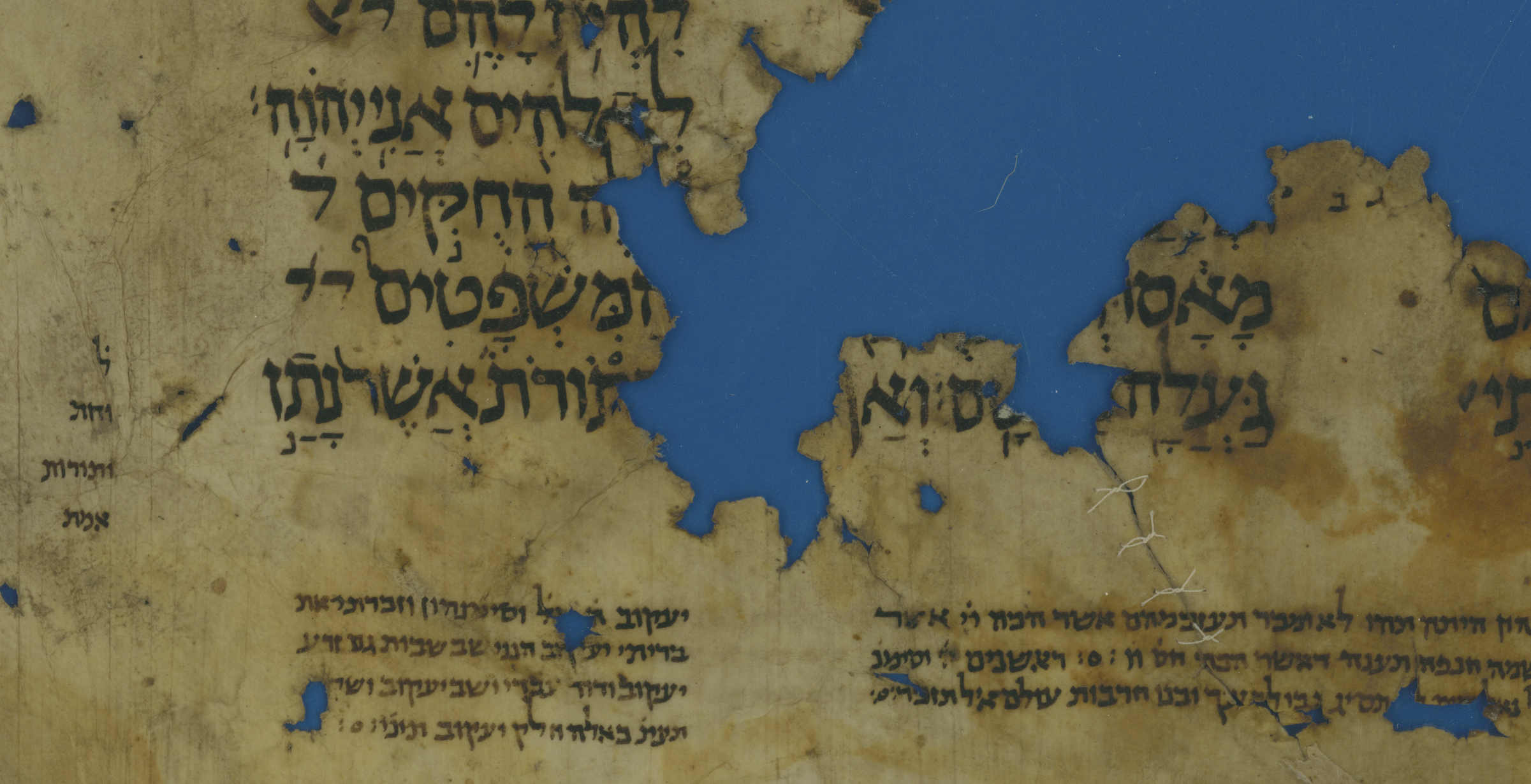Throwback Thursday: The Scribe who wrote the Bible

Our Throwback Thursday this week is taken from issue 75 of the printed edition of Genizah Fragments, published in April 2018, by the Genizah Research Unit's very own Kim Phillips.
During the first wave of Caliph al-Hakim’s intolerance towards the People of the Book, a Fustat-based scribe – Samuel ben Jacob – completed his labours on a high quality Bible codex (circa 1008–1009). No doubt he was satisfied with his work: the codex contains all twenty-four biblical books, accurately and ornately written, well-garnished with masoretic notes (early text-critical notes written around the biblical text itself ). Little could Samuel have known that his book (now commonly referred to as the Leningrad Codex) would go on to be the earliest dated complete Bible codex in our possession – a manuscript of inestimable significance. Samuel was part and parcel of the world of 10th–11th century Fustat – a world vibrantly illuminated by the Genizah documents. Indeed, various documents mention Samuel by name, revealing aspects of his life and work from 1000 years ago. Recently, not just his name, but also his oeuvre have started to be discovered in the Genizah. Medieval Jewish scribes developed a range of idiosyncratic traits regarding the way they wrote the biblical text itself, the manner in which they arranged it on the page, and the way they organised and wrote the masoretic notes. One of Samuel’s most distinctive traits is his tendency to finish each masoretic note with a particular symbol : o : as seen below. By establishing a list of Samuel’s scribal habits, Genizah researchers have been able to identify other fragments of his work in the Cambridge Genizah collection, as well as a nearly complete Former Prophets codex by him, now in the Firkowich collection. Enlarging our corpus of material written by this important scribe is helping us understand hitherto unexplained aspects of his work.Kim's research on the scribe Samuel ben Jacob can be found in some of his other publications:
Phillips, Kim L. (2017) ‘A New Codex of the Former Prophets from the Scribe behind the Leningrad Codex’. Tyndale Bulletin 68.1: 1–30.
Phillips, Kim L. (2017) ‘The Masora Magna of Two Biblical Fragments from the Cairo Genizah, and the Unusual Practice of the Scribe behind the Leningrad Codex’. Tyndale Bulletin 67.2: 287–307.
Phillips, Kim L. (forthcoming) ‘Two New Fragments from the Scribe behind the Leningrad Codex (B19a)’. The Hebrew Bible Manuscripts: A Millennium, ed. Élodie Attia and Antony Perrot (Brill, 2022): 199-217.

Add new comment